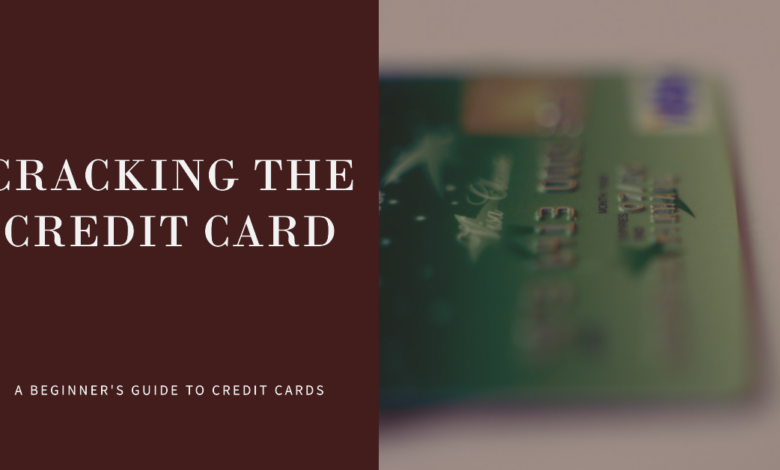Credit Card
Credit Cards Description of Functionality and Utility

🚫 This content is only visible to Admin users.
Please login or create an account to continue
1 days validity
2 days validity
23 days validity
234 days validity
You already have an active premium membership.
